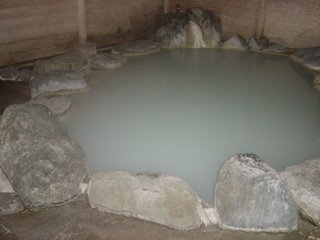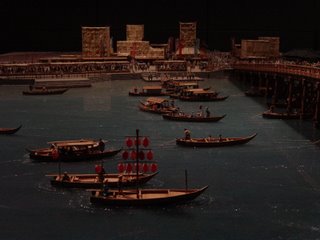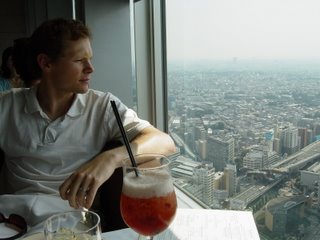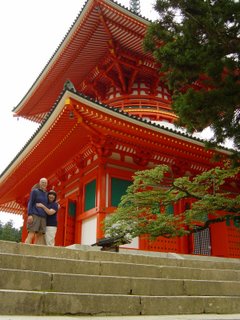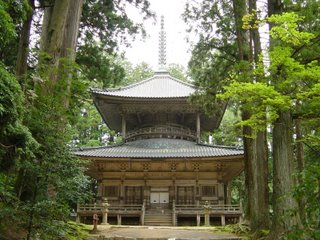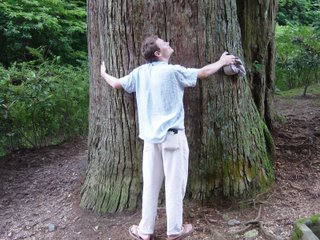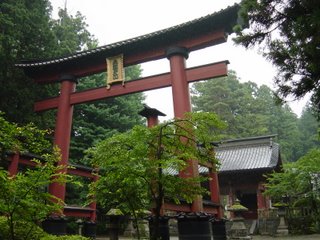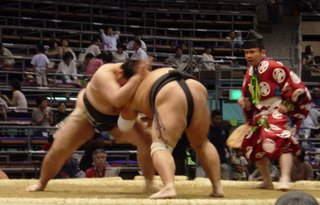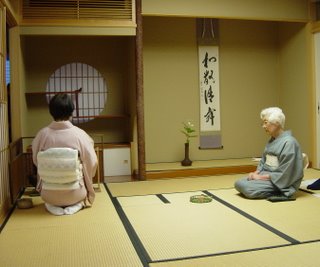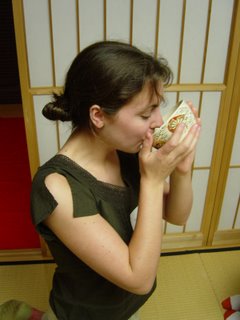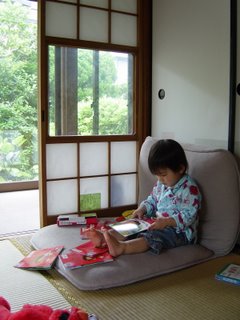Hiroshima and the Inland Sea
We visited Hiroshima Peace Memorial Museum and the Peace Park. The central message of the memorial was not to point the finger and blame those responsible for such horrible atrocities, but to look forward and warn the future generations so that they do not make the same mistakes.
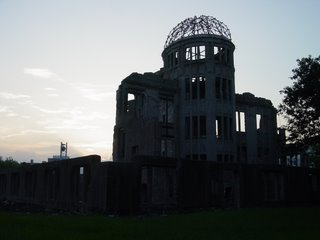 The A-bomb dome was one of the only buildings left standing near the hypocenter of atomic bomb.
The A-bomb dome was one of the only buildings left standing near the hypocenter of atomic bomb. 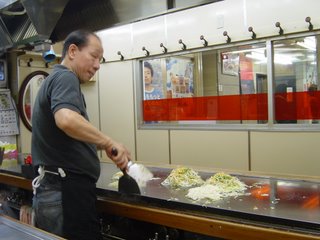 Hiroshima has a lot to offer besides a solemn past. One of the highlights was eating okonomiyaki, a fried cabbage and egg pancake, that tastes best while watching a Hiroshima Carp baseball game.
Hiroshima has a lot to offer besides a solemn past. One of the highlights was eating okonomiyaki, a fried cabbage and egg pancake, that tastes best while watching a Hiroshima Carp baseball game.After a day in Hiroshima, we headed back east to Okayama-ken and took a ferry to Shiraishi Island in the middle of the inland sea. We spent four relaxing days hiking, swimming, reading, and eating on this peaceful little island. We stayed in Okayama International Villa which is like a high-end hostel for couples and young families. It was exactly the pace of life we were looking for after working in and traveling around Japan.
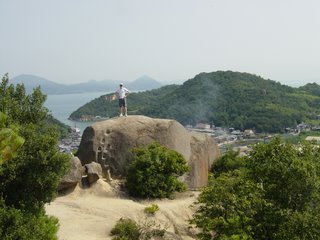 Shiraishi Island has great hiking trails with broad views of the inland sea. Doug enjoyed climbing on all the big boulders.
Shiraishi Island has great hiking trails with broad views of the inland sea. Doug enjoyed climbing on all the big boulders.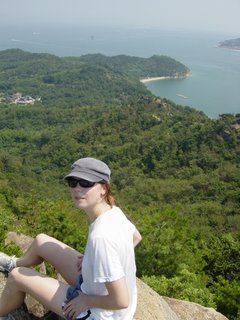 It was very hot on the island and hiking under the mid-day sun is not recommended. We had to take it very slow.
It was very hot on the island and hiking under the mid-day sun is not recommended. We had to take it very slow.
